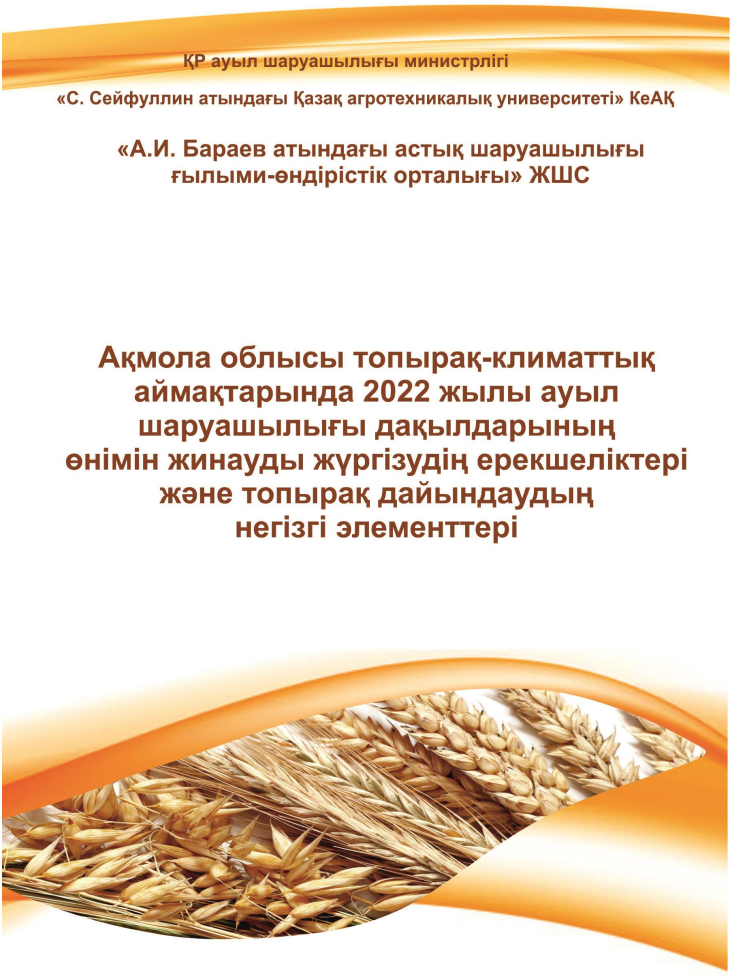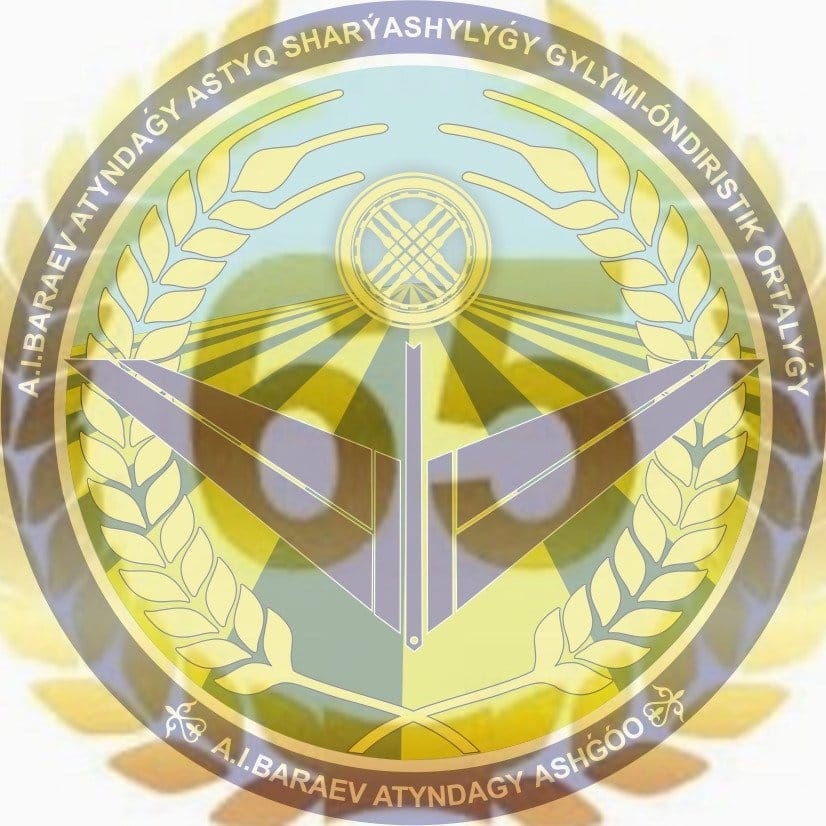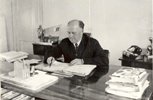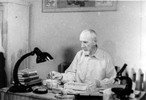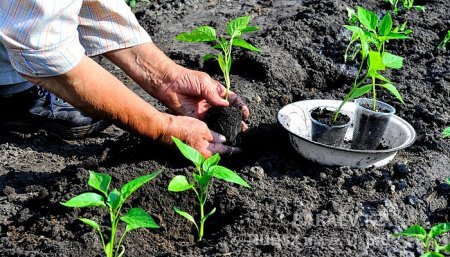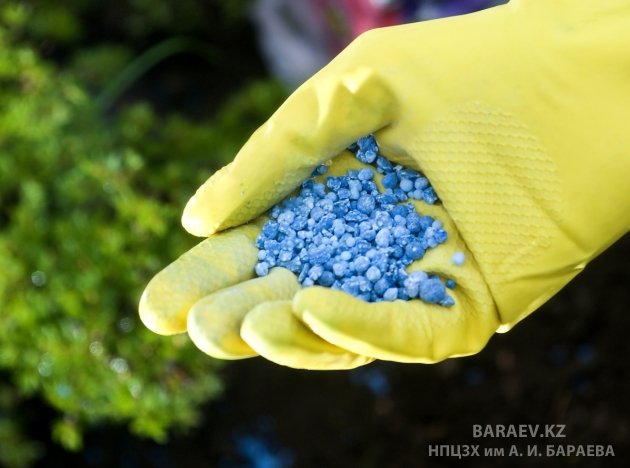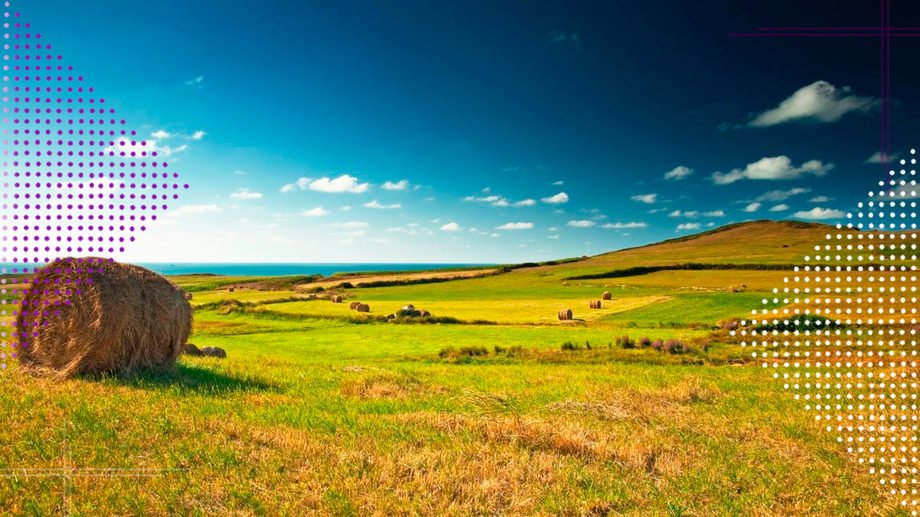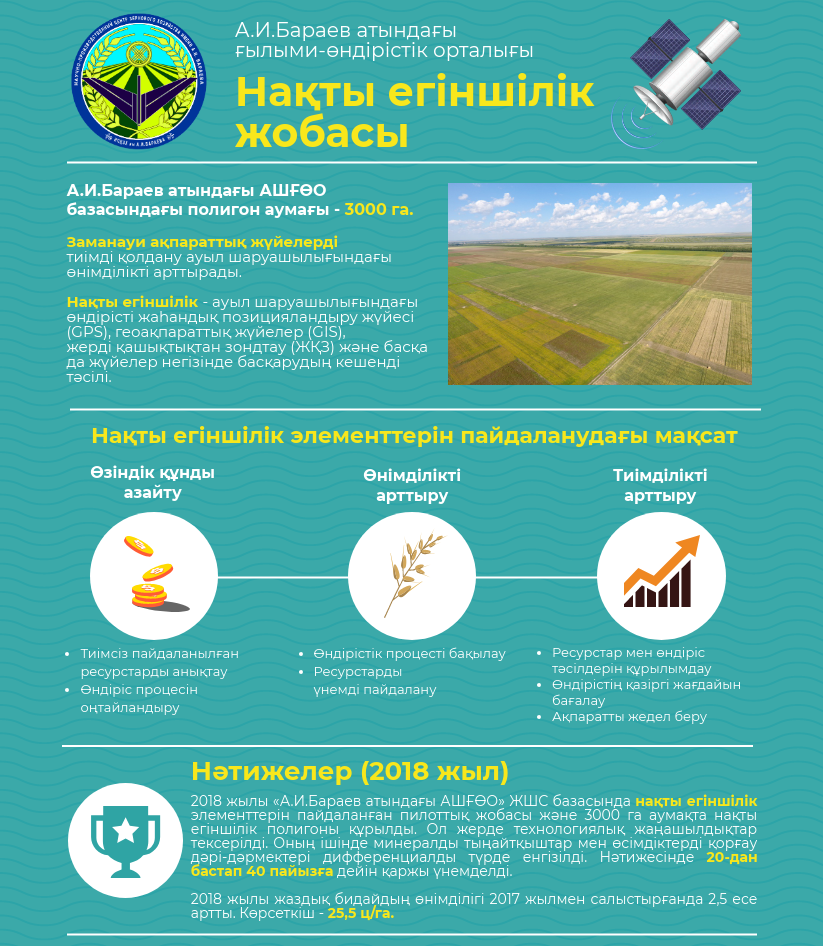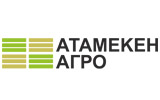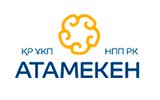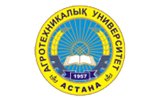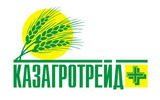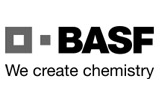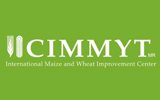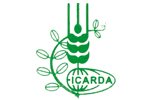The use of mineral fertilizers is the key to productivity and grain quality
Scientific articles
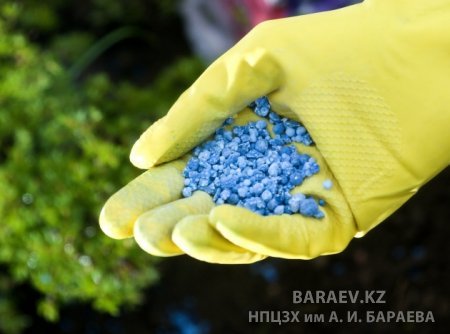 All major soil types in Northern Kazakhstan are characterized by low availability, primarily mobile phosphorus, the lack of which has a particularly negative effect on plant development and subsequent crop formation.
All major soil types in Northern Kazakhstan are characterized by low availability, primarily mobile phosphorus, the lack of which has a particularly negative effect on plant development and subsequent crop formation. To eliminate the deficiency of phosphorus nutrition is possible only by the introduction of appropriate types of mineral fertilizers. Phosphorus fertilizers not only increase grain yield and improve its quality, but also accelerate ripening by 5-6 days, due to which grain harvesting begins earlier and is carried out in more favorable autumn conditions.
Drought tolerance is increasing and the coefficient of water consumption of plants is decreasing, the best development of the root system is noted, and the resistance of plants to the introduction and development of pathogens is increasing. Each kilogram of phosphorus added, taking into account the action and aftereffect, provides an additional 10-15 kg of spring wheat grain in the chernozem and chestnut zones of the region with a double or more recoupment of costs.
According to the dynamics of the supply of nutrients to plants, two periods are distinguished: critical and the period of maximum absorption. The critical period coincides with the initial phases of plant growth. During this period, plants are particularly sensitive to both a deficiency and an excess of nutrients, which negatively affects growth and development, and ultimately the yield. The critical period for cereals in relation to phosphorus is the first 10-15 days after emergence. Even the subsequent good provision of the plant with this element cannot completely correct the situation, i.e. increase yield. For nitrogen, the critical period is longer and is about 30 days after seed germination.
In the field, the critical period in northern Kazakhstan often coincides with a decrease in temperature and low activity of microorganisms that mineralize the organic matter of the soil. The root system of young plants is poorly developed and covers a relatively small amount of soil, so the additional introduction of nutrients with mineral fertilizers in this period is of great importance. Of particular importance during the critical period is the level of phosphate nutrition. It is phosphorus that also plays the main role in the development of the root system of plants.
The second period is the period of maximum nutrient intake. It is characteristic of later phases of development and is determined by the biological characteristics of plants. The maximum average daily consumption of nutrients by plants, as a rule, coincides with the time of their rapid growth and intensive accumulation of dry mass. For crops, this is the tillering - earing period. Lack of nutrients at this time also reduces productivity. The highest nitrogen nitrate content is observed when sowing crops in a pure traditional pair - 18-25 mg / kg of soil or 80-110 kg / ha in a soil layer of 0-40 cm. Therefore, as a rule, the additional use of nitrogen fertilizers for this precursor is not required. In this case, it is necessary to control the supply of plants with phosphorus. There may be two options. The first - phosphorus fertilizers are applied to the steam field at a dose of P60-80 for rotation of crop rotation when the phosphorus content in the soil is less than 20-25 mg / kg. The second is the introduction of phosphorus during sowing. With a lack of fertilizer, the second option is preferred, in which you can fertilize a large area.
In the case of a low phosphorus content (according to the cartogram <15 mg / kg of soil), 30-50 kg is applied simultaneously with sowing, and with an average content (15-30 mg / kg) of 20-40 kg / ha of double superphosphate or ammophos. When the content of mobile phosphorus> 30 mg / kg, phosphorus fertilizers can not be temporarily applied, to maintain a high phosphorus background, they should be applied in doses less than or equal to the yield of the previous crop (or as a whole for crop rotation in steam) based on 1c grain 1.4 -1.8 kg of double superphosphate or ammophos.
With ordinary fertilizer, it is more efficient to apply superphosphate or ammophos for the steam precursor, for stubble backgrounds - complex or mixtures of phosphorus and nitrogen fertilizers in different ratios, as well as pure nitrogen fertilizer. As a rule, the high efficiency of phosphorus fertilizers is observed on backgrounds with a low phosphorus content and high nitrogen. With an increase in the supply of soil with mobile phosphorus, the efficiency of additional application of phosphorus fertilizers decreases, and the nitrogen increases.
The use of minimal and zero technologies for fallow leads to a decrease in the accumulation of nitrogen in the soil. However, even with a nitrogen content of less than 12 mg / kg in a soil layer of 0-40 cm with backgrounds with a low or medium phosphorus content, the use of nitrogen fertilizers is not always effective. A more stable effect of nitrogen fertilizer is manifested when the nitrogen content in the soil is less than 10 mg / kg. According to our data, when cultivating wheat at the minimum or zero steam with nitrogen content before sowing 12.4 mg / kg and phosphorus 21 mg / kg and sowing time after May 22, on average over the years of research, the row superphosphate application system turned out to be the most optimal (ammophos) in a dose of P20 at sowing, where the average increase was 2.1 c / ha. Adding only nitrogen fertilizer at a dose of N20 to the rows during sowing, as well as its spring surface application at doses of N20-40 before sowing, was ineffective. Good results against this background were obtained from the routine use of nitroammophos at a dose of P20N20, the average increase was 2.5 c / ha. However, in this case as well, the effect was obtained only by the P2O5 nitroammophos contained in the granule. On the options for enhancing nitrogen nutrition, with a joint introduction of nitroammophos and N20 ammonium nitrate into the P20N20 rows, even a decrease in yield was observed.
The low efficiency of nitrogen fertilizers at minimum and zero vapors is explained by the rapid accumulation of soil nitrogen during the sowing season, which is due to current nitrification.
Therefore, steam fields with a reduced number of mechanical treatments or only with a herbicidal treatment, but high phosphorus content, it is desirable to sow at the end of the optimal time, which will provide an increase, due to nitrification, the level of nitrogen in the soil and the application of nitrogen fertilizers. Somewhat later sowing dates are offset by acceleration, on a high phosphorus background, plant development and a reduction in the growing season. When crops are sown earlier and at the beginning of optimal dates, the background with high phosphorus content clearly shows the need for nitrogen fertilizers even for steam precursors. More often this is observed in years with a cold spring and heavy rainfall. The best way to apply them during this period is local subsoil, together with the treatment with seeders - cultivators or in rows when sowing, preferably under the seeds or sideways. Under favorable precipitation conditions, the surface application of nitrogen fertilizers for intermediate or pre-sowing is slightly inferior in efficiency. According to non-steam precursors, more attention should be paid to the nitrogen content in the soil, since the availability of stubble backgrounds is much lower than steam. This is due to the removal of its harvest, a short period of nitrogen accumulation in the fall, the presence of stubble and straw in the fields, lack of cultivation, soil compaction, weather conditions and other factors that inhibit the nitrification process. Therefore, the need for stubble backgrounds for nitrogen fertilizers is always higher than the need for steam backgrounds. After dry years, the nitrogen content in the soil after harvesting is higher than in years with high rainfall. Knowing the behavior of nitrates depending on agro-technical conditions, it is possible to predict the effectiveness of nitrogen fertilizers, which depends not only on the content of nitrate nitrogen in the soil, but also on the availability of phosphorus and moisture. It was found that when the content of mobile phosphorus in the layer of 0-20 cm is less than 15 mg / kg of soil, the sufficient level of nitrogen nutrition of cereals in the layer of 0-40 cm is 8-10 mg / kg (35-44 kg / ha N), at 15-30 mg / kg P2O5 - 12-14 mg (53-62 kg / ha N), with a phosphorus level of more than 30 mg - 14-16 mg / kg (62 - 70 kg / ha N). The dose of nitrogen during ordinary application, due to possible damage to the root system, should not exceed 40 kg a.v. per hectare, with a surface - 60 kg. With late sowing in wet and warm pre-sowing period, the dose of fertilizers is reduced by 20%.
Unfortunately, operational diagnostics for the supply of grain with nitrogen is carried out only in individual farms with agrochemical laboratories. This work is also not carried out by the Republican Agrochemical Service, but it provides cartograms of phosphorus supply for fields for all farms. What, then, can be done regarding the optimization of nitrogen nutrition? On stubble backgrounds treated since autumn with low phosphorus availability and late sowing dates, double superphosphate or ammophos in a dose of 30-50 kg / ha can be added to the rows when sowing, based on the current nitrification. In the early stages of sowing - mixed in a ratio of 1: 1 double superphosphate and ammonium nitrate with a total dose of 40 kg / ha in the active substance. According to the raw stubble background or zero technology, put in the ranks complex nitrogen-phosphorus (nitroammophos) or mixtures of simple fertilizers with a high nitrogen content.
When the phosphorus content in the soil layer is 0 -20 cm 25-30 mg / kg and more than the backgrounds treated since the fall, the best option can be considered the introduction of only nitrogen fertilizers (ammonium nitrate, ammonium sulfate, urea, etc.). Fertilizers are applied superficially for processing or in rows when sowing in a dose of up to 40 kg / ha On untreated fields - at a dose of 40-60 kg / ha of surface-equilibrium dive for processing. When using direct sowing technology - in rows at a dose of N20-30 kg / ha.
In the zone of Northern Kazakhstan, mineral fertilizers are the most effective agronomic technique that can increase productivity and increase grain quality by 25-30% or more. Abdullaev K.K., acting CEO
SPCGF named after A.I. Barayev
Filonov V.M., scientific consultant.
1 459 -рет қаралды



